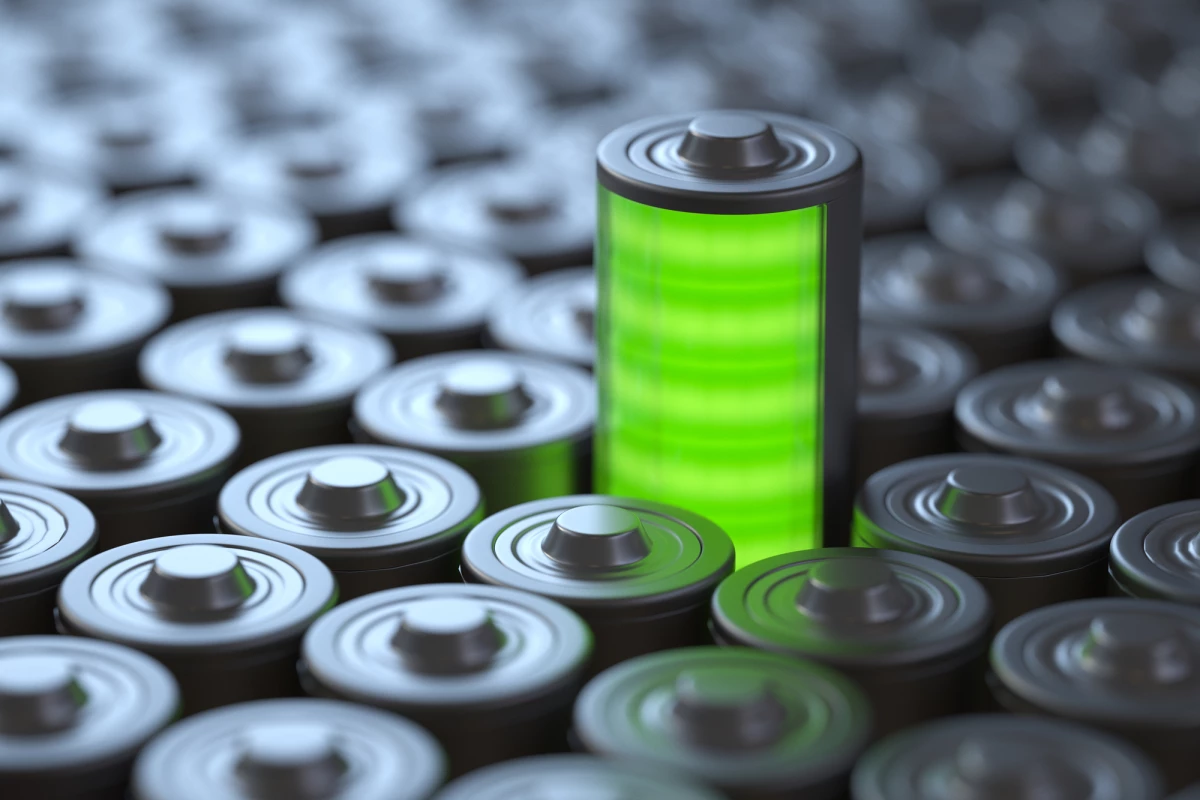Among the many exciting chemistries being pursued for next-generation batteries, lithium-sulfur is one with significant potential, owing to its ability to store up to five times as much energy as today's lithium-ion solutions. Scientists in Australia have come up with a new design for this promising architecture that involves adding sugar to address inherent stability issues, a move that keeps the experimental cells ticking across more than 1,000 cycles.
The high capacity promised by lithium sulfur batteries is one scientists have been working hard to tap into for mainstream applications, but they've been held back by issues around their stability. As the battery's positive sulfur electrode expands and contracts during charging, it is subject to significant stress and quickly deteriorates. The negative electrode, meanwhile, becomes contaminated by sulfur compounds.
Last year, a team of battery researchers at Monash University in Melbourne came up with a solution to one half of this problem. The scientists developed a special binding agent that creates extra space around the sulfur particles, which means that they have more room to safely expand during charging. The upshot of this was a high-capacity lithium-sulfur battery capable of surviving more than 200 cycles.
Now the scientists have taken aim at the other side of the equation, in which the negative lithium electrode is effectively suffocated by sulfur. The breakthrough stems from a 1988 study showing how some sugar-based substances can stave off degradation in geological sediments by facilitating strong bonds between sulfides.
The goal was to apply this to a lithium-sulfur battery to prevent the release of the sulfur chains, called polysulfides, from the positive electrode, which tend to travel and form a mossy growth on the negative electrode. The team introduced a sugar-based additive into the web-like architecture of the electrode, which acts as a binder and forms web-like microstructures that help regulate the behavior of the pesky polysulfides. An experimental cell carrying the sugar additive demonstrated capacity of around 700 mAh per gram, which was maintained across 1,000 cycles.
“So each charge lasts longer, extending the battery’s life,” says first author and PhD student Yingyi Huang. “And manufacturing the batteries doesn’t require exotic, toxic, and expensive materials.”
There are still some kinks to iron out before lithium sulfur batteries are put to work in smartphones and electric vehicles, but the hope is that when they do they'll enable them to be used for far longer periods, or across far greater distances, in between charges. The researchers say their technology has the potential to store two to five times the energy of today's lithium batteries, and with this new study, believe they've taken a key step toward its real-world use.
“While many of the challenges on the cathode side of the battery has been solved by our team, there is still need for further innovation into the protection of the lithium metal anode to enable large-scale uptake of this promising technology – innovations that may be right around the corner," says author Dr Mahdokht Shaibani.
The research was published in the journal Nature Communications.
Source: Monash University




